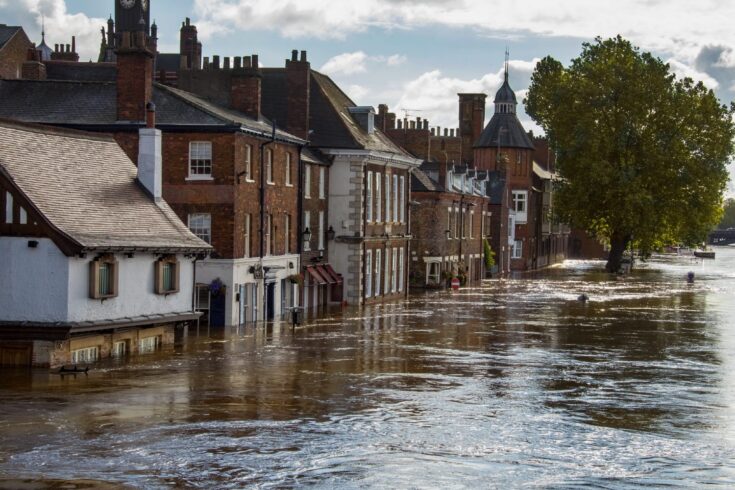However, scientists find predicting their location and measuring their intensity and impact a significant challenge.
A new research infrastructure launched today by the Science and Technology Secretary Peter Kyle with £38 million UK funding will advance our understanding of how, when and where floods and droughts occur.
This will improve the UK’s resilience to extreme weather events and reduce their devastating impacts on residents, businesses, services and transport.
Responding to changes in our climate
The Flood and Droughts Research Infrastructure (FDRI) will build an evidence base and seek solutions to extreme flooding and droughts including improved forecasting and the development of new technologies.
The FDRI will also build monitoring capability using near real-time data from a network of ‘outdoor labs’ located on UK rivers.
The rivers Severn (bordering Wales and England), Chess (within the Thames catchment), and Tweed in Scotland are initially being used to test a range of digital instrumentation and monitoring techniques.
Predicting extreme weather impacts
Using the latest instrumentation, scientists will observe the entire water environment, measuring evaporation, soil moisture, weather, groundwater and river flows.
Cutting-edge technology, including advanced computer modelling and drone footage, will be adopted and this capability will help to build a nationwide picture.
Funding of £38 million has been awarded by the Natural Environment Research Council (NERC).
The project will be led by NERC and the UK Centre for Ecology & Hydrology (UKCEH) with partners at British Geological Survey, Imperial College London and the University of Bristol.
Supporting communities
Science and Technology Secretary, Peter Kyle, said:
Flooding and droughts can devastate UK communities, from leaving people stranded, to destroying homes, gardens, roads and businesses, and even claiming lives.
With climate change sadly making extreme weather events more common and adding an eye-watering cost to the economy, there is no time to waste in backing our researchers and innovators to ensure we are better prepared for floods and droughts striking.
This project will help drive that progress, with dedicated teams using the most advanced tech to crunch data gathered from our rivers and paint a clear picture of its likely impact – using the power of science and tech to keep the public safe.
Improving data and monitoring
Dr Doug Wilson, UKCEH Science Director, said:
This is an exciting project which, for the first time in the UK, will involve monitoring the entire hydrological system as a whole, rather than looking at individual elements such as river flows or groundwater levels separately.
Our improved understanding of how water flows through the environment and the impact of climate and land use change on the hydrological cycle, combined with faster, more easily accessible data, will enable us to better predict the location and extent of floods and droughts.
This will significantly enhance the UK’s capability to prepare for, and respond, to extreme events and better support those people affected by the impacts of extreme weather.
Delivering solutions to climate change
Professor Louise Heathwaite, Executive Chair of NERC, said:
Earth’s changing climate means the number of extreme floods and droughts will increase in the UK, impacting homes, businesses and services.
But predicting their location and measuring their intensity and impact needs the sort of scientific advances that this programme will bring to overcome the data and analytical constraints that are currently very challenging.
The project will transform the way we understand the impact of these events by building a significant bank of data and improving our monitoring capability, and so helping to protect those affected.
This is an example of how NERC is responding to climate challenges with research and innovation investments that will accelerate the green economy and deliver solutions to national priorities.
Responding to water supply demands
Damaging floods and droughts are a significant challenge for forecasters because of the complexity of Earth’s changing climate and how it interacts with natural systems and geography.
This investment will increase the UK’s ability to analyse environmental data and improve flood and drought forecasting, allowing us to better protect those affected and more accurately respond to water supply demands.
The project will work closely with organisations in the environmental and government sectors, including the Environment Agency, to build modelling and help prepare for severe weather.
NERC’s award of funding followed a scoping study that included consultation with a range of stakeholders to establish their requirements for FDRI.
Further information
A further £1.2 million of funding from the Engineering and Physical Sciences Research Council and NERC was announced today by the Science and Technology Peter Kyle.
This will be invested in projects to slash the time and cost involved in running computer models of projected flooding out to the year 2100.
For more information see: better modelling aims to improve UK flood resilience.

